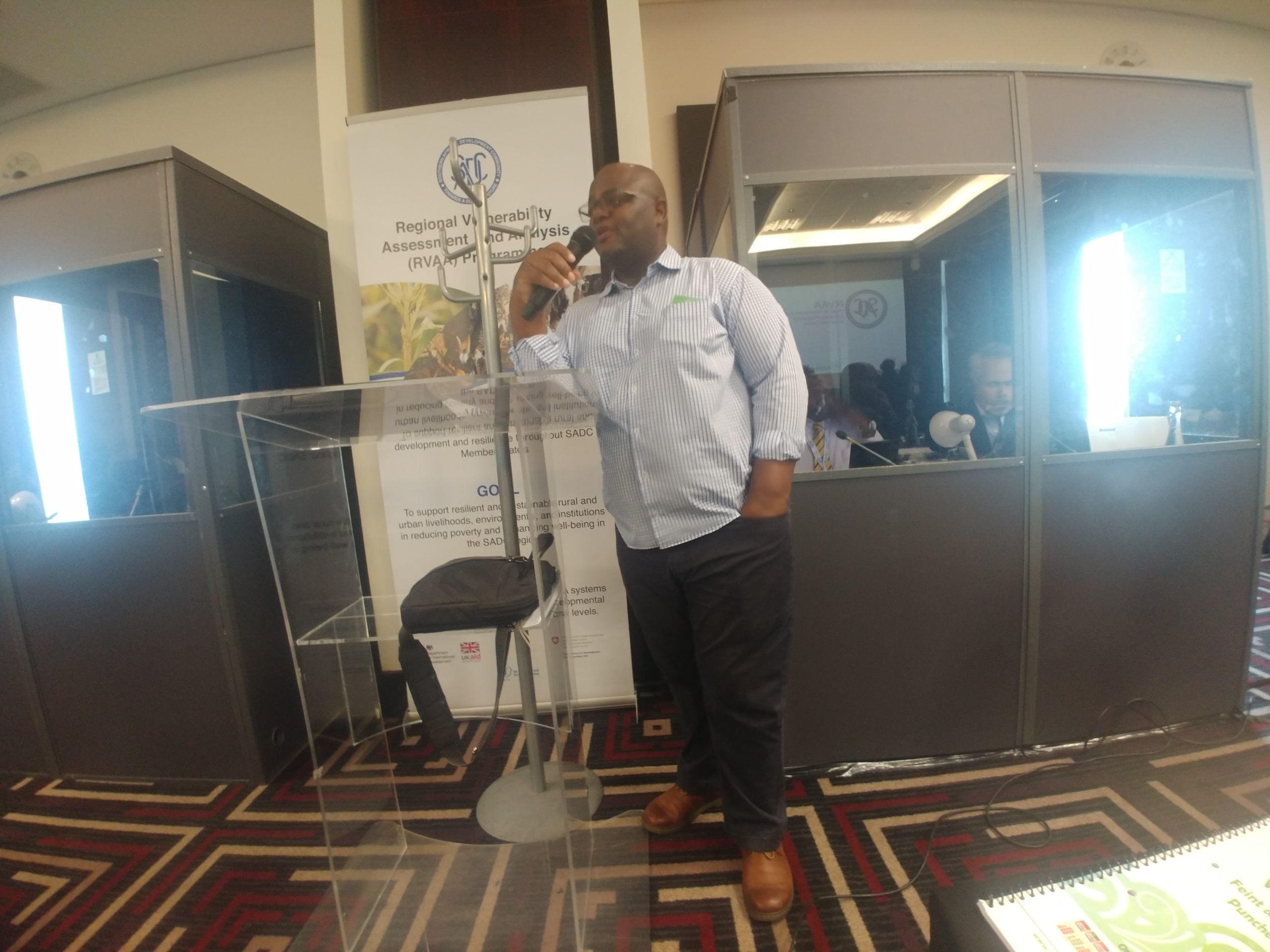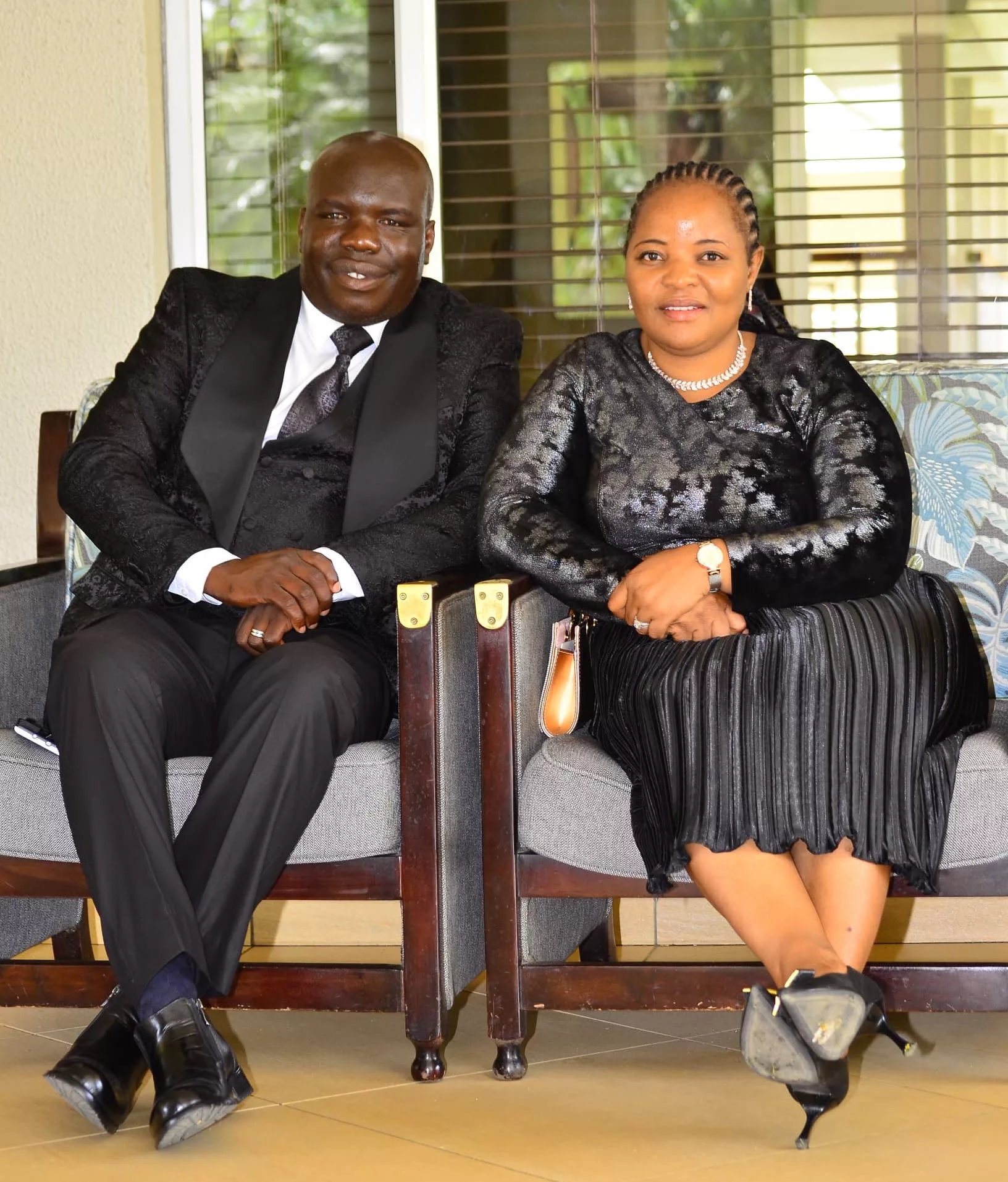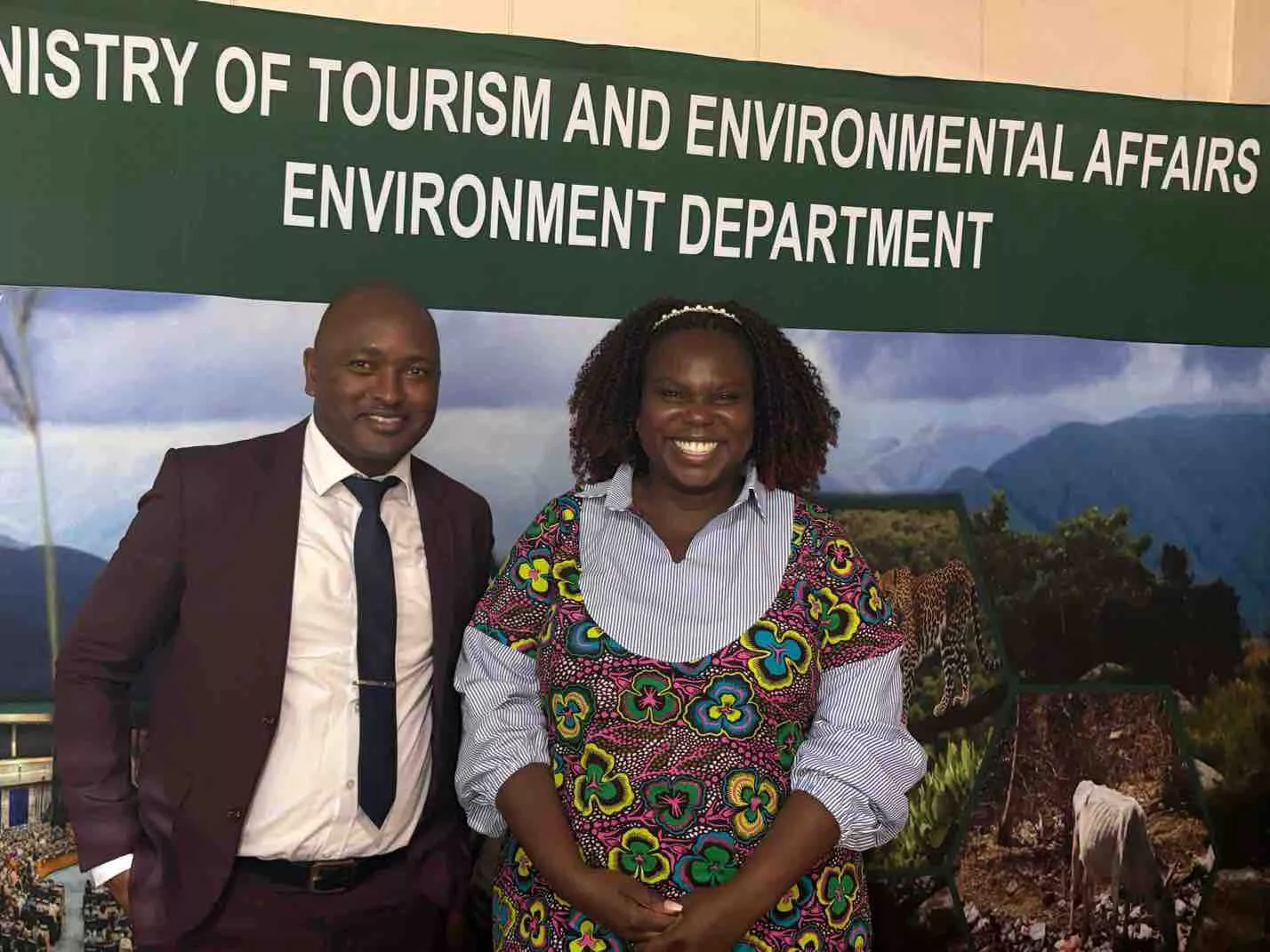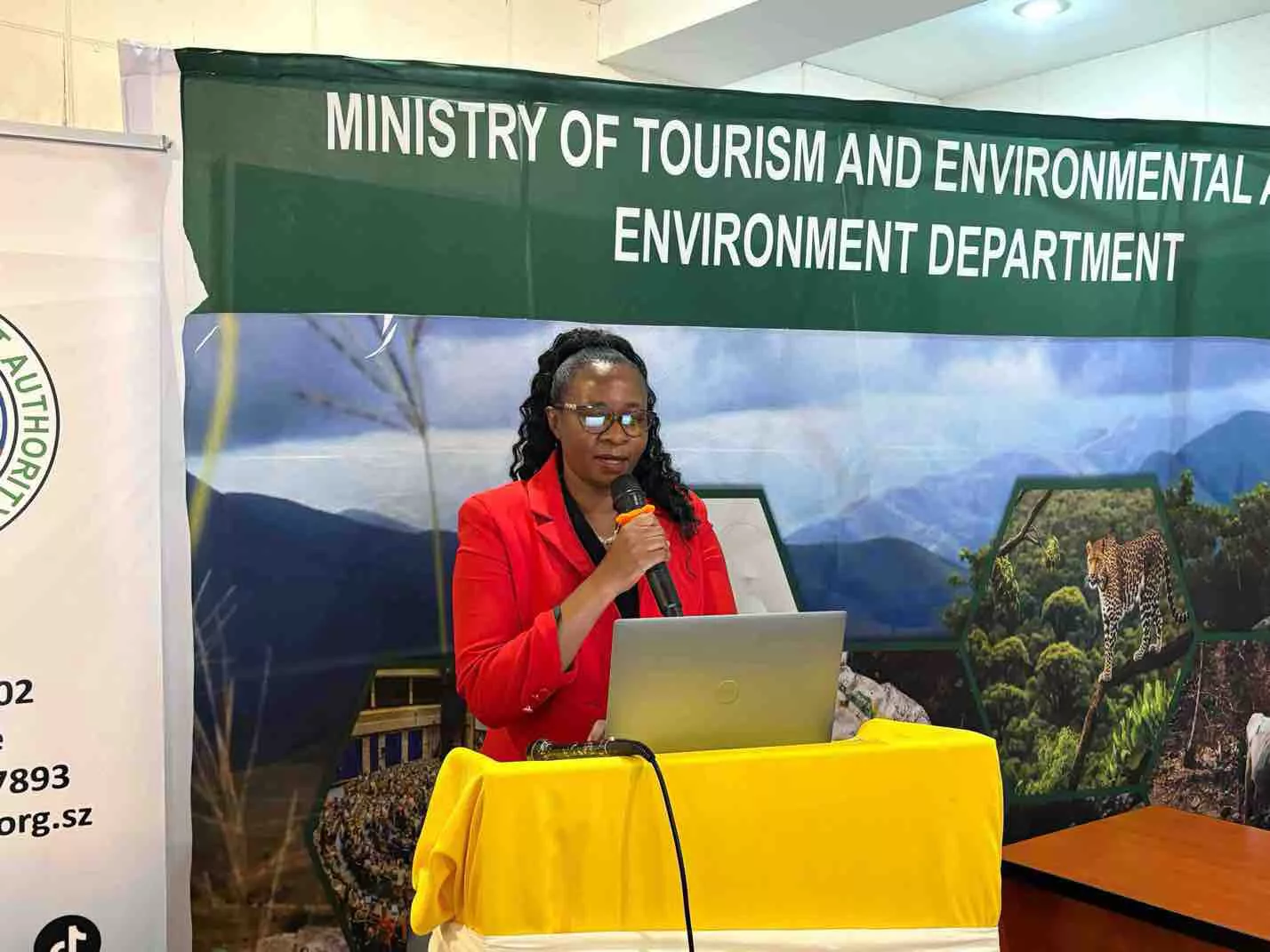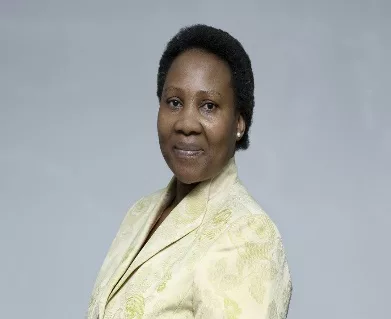By Byron Mutingwende
The success of the Vulnerability Assessment and Analysis (VAA) efforts in the SADC region depends on strengthening communication and advocacy and data and information management systems.
This emerged at the Southern African Development Community (SADC) Regional Vulnerability Assessment and Analysis (RVAA) workshop in Johannesburg from 19 to 21 November 2018. The RVAA Programme is mandated to assist Member States in producing demand-driven, relevant and credible information products that result in action, leading to food and nutrition security and a reduction in vulnerability.
The workshop was attended by users and producers of VAA information, coming from different sectors of government, NGOs, United Nations agencies, research and documentation institutions and the media to come up with recommendations to increase the impact of VAA information on decision-making processes.
“There is no doubt that the RVAA Programme has lived up to this mandate. The Programme has made efforts, with the support of development partners to improve the generation, analysis and access to information by our governments and development partners. To-date, 14 SADC Members have functional VAA systems and structures that generate crucial information to inform decision-making processes. Efforts are underway to set up similar systems in Seychelles and Comoros.
“I am proud to say that the VAA is now the main information system that provides an in-depth understanding of different dimensions of food and nutrition security and vulnerability in the SADC region. The system informs decision-making processes beyond the region to continental and global decision-making processes,” said Duncan Samikwa, the Technical Services Manager of the SADC RVAA Programme in his welcome remarks at the workshop.
Recent evidence, including the 2018 SADC State of Food and Nutrition Security and Vulnerability reports suggests that food and nutrition insecurity and vulnerability are on the rise in the SADC region.
At present, 30 million people – (14% of the population) in the SADC region are projected to be food insecure in the 2018/19 marketing year.
“The region is off-track in reducing childhood stunting by 40 percent, which is the World Health Assembly target by 2025. At least one in three individuals are stunted in 10 out of 16 Member States. Four countries – the Democratic Republic of Congo, Madagascar, Mozambique and Zambia have very high stunting rates – above 40%.
“The reduction and eradication of hunger and poverty is high on the agenda of the SADC Secretariat and the Member States, as evidenced by the targets agreed upon in the Regional Indicative Strategic Development Plan (RISDP), the Sustainable Development Goals and other regional and national policy reference frameworks. However, these targets will not be achieved if we do not generate the right information to inform decision making processes.”
Southern Africa is experiencing recurrent climate-related hazards that are further undermining our efforts to achieving food security and sustainable, inclusive development.
This situation further underscores the need for timely and credible information to address this dynamic nature of these hazards.
“One of the main constraints for designing and implementing better policies and interventions is the lack of reliable and accurate information on the population groups affected by food and nutrition insecurity and vulnerability: Who are they? Where are they? Why they are in this situation and what can be done to address it? – are key questions to which we must always provide answers.
“But many of us know the gaps and weaknesses in our data and information in the region. We are also aware of the fact that producing information offers no guarantee that it will be used. Indeed, we know that the existing VAA data and information is not adequately used for decision-making. The challenge for us is to produce the right information at the right time, and to communicate it to the right people in the right way,” Samikwa added.
Rebekka Ndiipulale Ananias, the Systems Programmer in the Office of the Namibian government (currently chairing SADC) said information and communication are at the heart of integration and poverty eradication in the SADC region.
“Indeed, the SADC Communication and Promotional Strategy that was approved in August by Summit points out, and I quote: “Without effective communication, SADC will continue to be misunderstood. Its achievements will remain invisible, and the organization will not fully realize its development aim – to eradicate poverty in the SADC region with its citizens being prime drivers of regional integration.”
“Information is a prerequisite for sustainable and inclusive development and is central to achieving the objectives that all our Member States have committed to in the Sustainable Development Goals (SDGs),” the representative ot the SADC Namibian government said.
Information enables stakeholders to know where to focus and target resources. It also enables them to measure whether the support from governments and development partners reaches the targeted communities or and if their livelihoods have improved, as planned.
The participants of the two workshops are identifying innovations and better practices in data and information management and communication and advocacy that will also benefit them, the institutions, departments and Ministries that they represent.


